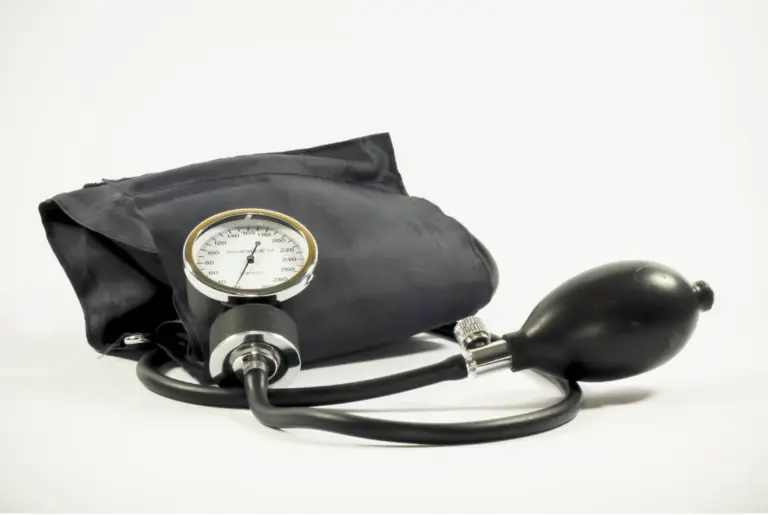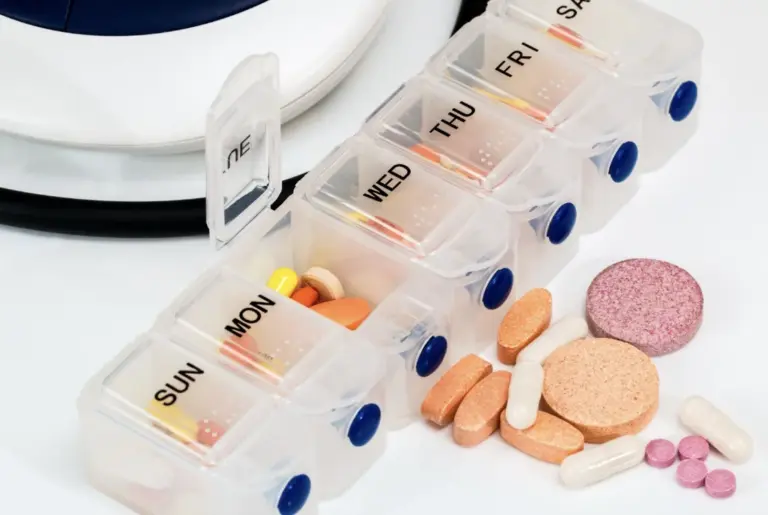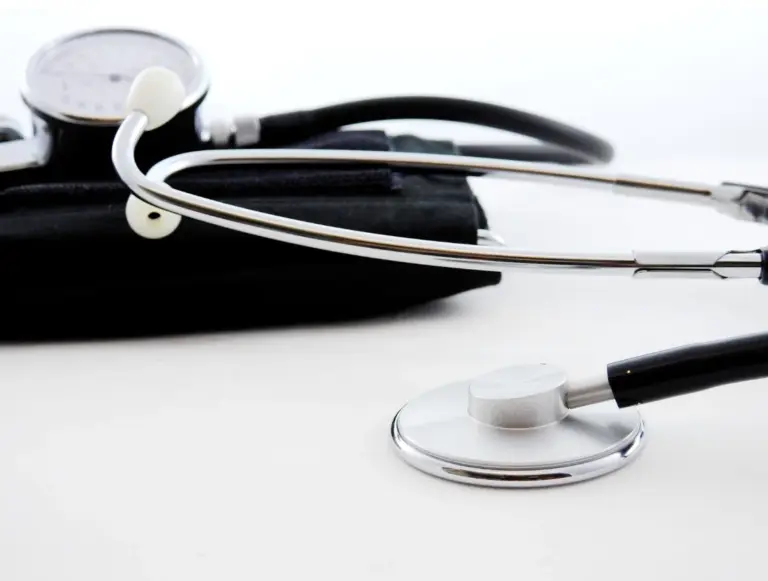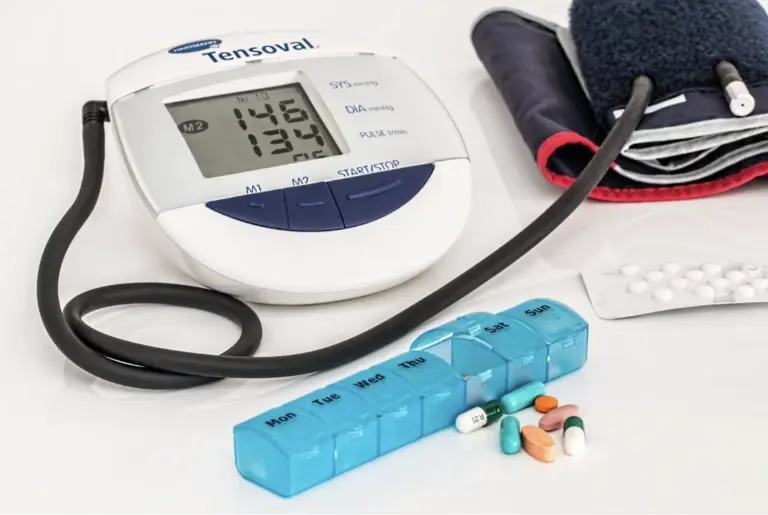What is Hypertension?
Blood pressure is the measure of the force of blood pushing against the walls of the blood vessels. Hypertension, more commonly known as high blood pressure, is a condition in which the force of the blood against the artery walls is consistently very high.
Hypertension often has no specific symptoms and therefore is also called a ‘silent killer.’ The only way to diagnose it is to get your blood pressure measured. When you get a blood pressure reading done, you will notice that it has two numbers. The one at the top is called the systolic blood pressure. It is a measure of the pressure on blood vessels when your heart is beating. The one at the bottom is called the diastolic blood pressure. It is a measure of the pressure on your blood vessels when the heart is relaxing i.e. between the heartbeats.
Blood pressure changes throughout the day as well as based on the activities you perform. Anything up to 120/80 mmHg is considered normal blood pressure. You are said to have elevated blood pressure when your blood pressure is slightly above normal. Generally, it is deemed to be elevated when systolic pressure is from 120-129, and diastolic pressure is below 80 mmHg. This is also called prehypertension.
Stages of Hypertension:
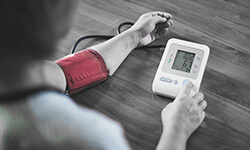
Stage 1 hypertension: The systolic pressure ranges between 130-139 mmHg or diastolic pressure ranges between 80-89 mmHg.
Stage 2 hypertension: This is more severe; the systolic pressure is 140 mmHg, higher, or diastolic pressure is 90 mmHg.
Hypertensive crisis: Blood pressure higher than 180/120 mmHg is an emergency that requires immediate medical attention.
Hypertension Treatment:
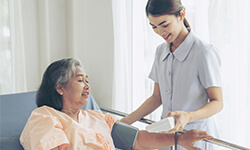
The first step in treating hypertension is consulting your doctor or an expert cardiologist. As per their advice, making significant changes in your lifestyle can help to control and manage hypertension. However, just diet and exercise may not help get your BP under control for which your doctor might prescribe medications to treat the hypertension.
How Do You Measure Blood Pressure at Home?
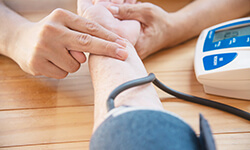
In the current times, you can easily measure your blood pressure at home through home blood pressure monitoring devices that are readily available and are affordable. Wrist and finger monitoring devices are usually not recommended. It would be best if you made sure that the cuff fits well around your upper arm. You should ensure that you haven’t exercised, eaten, or had a drink for at least 30 minutes before taking your measurements.
You must ensure that you sit upright with your back straight and supported and your feet flat on the floor. Follow the instructions given on your device or consult a healthcare provider. It is advised to take readings at the same time every day and to take multiple readings.
High Blood Pressure Management:
Once diagnosed, apart from taking medication, few lifestyle changes can be made to reduce hypertension.
- – Maintain a healthy weight: If you are overweight, you can reduce your blood pressure levels by losing some weight, and lower your risk of other related health issues by losing some weight.
- – Exercise regularly: Regular physical exercise can help manage stress, reduce weight and thereby control your high blood pressure. Brisk walking and muscle strengthening exercises can be done regularly. An exercise regime with a combination of moderate and vigorous activity can be followed as well.
- – Balanced nutrition: Eat a low-fat, balanced diet that includes plenty of fresh fruits and vegetables. Saturated fat and trans-fat must be avoided.
- – Diet: Dietary Approaches to Stop Hypertension (DASH) diet emphasize low sodium, low fat, and plenty of potassium. Your diet should have fruits, vegetables, whole grains, and low-fat dairy food.
- – Decrease salt intake: You should aim to limit sodium intake to less than 2300 mg a day. Salt intake must be between 1500-2300 mg a day. Therefore, you should be mindful of the food that you are eating.
- – Limit alcohol consumption: Even for a healthy person, alcohol can increase blood pressure levels. Therefore, avoiding alcohol or limiting its consumption is a best choice.
- – Quit smoking: Smoking can injure your blood vessels and act as an enabler for hypertension. So quit smoking or ask your doctor to help you stop.
- – Manage stress: Try deep breathing exercises and sufficient sleep and reduce stress as much as possible.
- – Monitor blood pressure at home: Even though monitoring blood pressure at home is not a substitute for your doctor visits, monitoring blood pressure at home can help you maintain a record which your doctor can refer to. You can consult your doctor to understand how regularly you must measure it.
The above lifestyle changes can be implemented regardless of whether you have been diagnosed with hypertension, as prevention is always better than cure. It is essential to visit your doctor regularly and get your blood pressure checked as high blood pressure does not have any symptoms but can be fatal if not managed on time. People with a family history of high blood pressure likely share common risk factors. Therefore, it is all the more important to make regular doctor appointments to stay safe and healthy.
DISCLAIMER
This article does not substitute the need for expert medical advice when needed. Talk to your healthcare provider about worrying signs of high blood pressure.
REFERENCES :
- https://www.heart.org/en/health-topics/high-blood-pressure/changes-you-can-make-to-manage-high-blood-pressure
- https://www.webmd.com/hypertension-high-blood-pressure/guide/hypertension-treatment-overview
Disclaimer
The information contained in this article is to educate, spread awareness in relation to hypertension and other diseases to the public at large. The contents of this article are created and developed by BPinControl.in through its authors, which has necessary, authorisations, license, approvals, permits etc to allow usage of this articles on The Website. The views and opinions expressed in this article are views, opinions of the respective authors and are independently endorsed by doctors. Although great care has been taken in compiling and checking the information in this article, The Website shall not be responsible, or in any way liable for any errors, omissions or inaccuracies in this article whether arising from negligence or otherwise, or for any consequences arising therefrom. The content of this article is not a substitute for any medical advice. The Website shall not be held responsible or liable for any consequence arising out of reliance on the information provided in the article.

